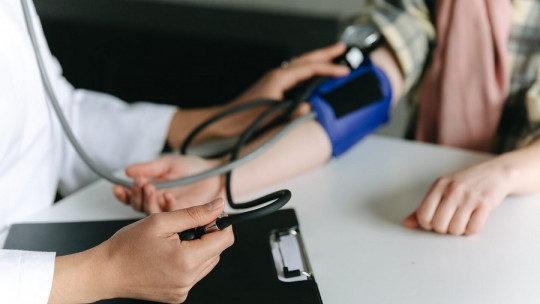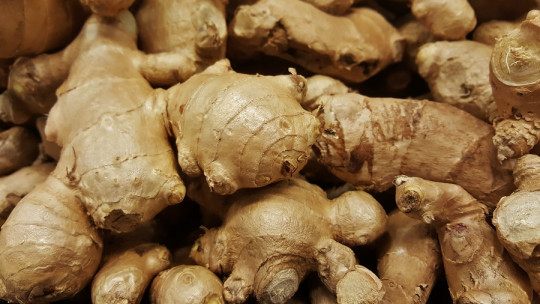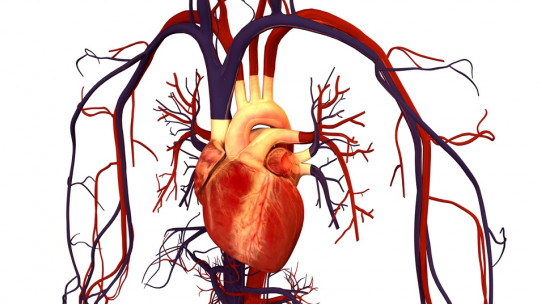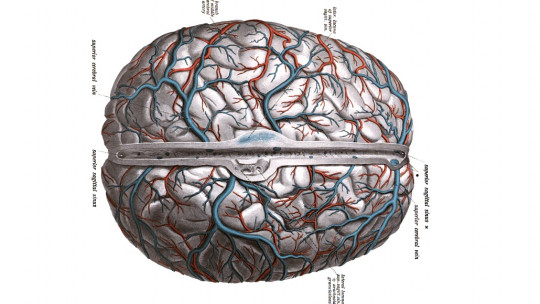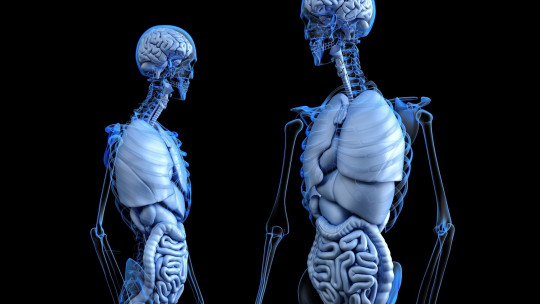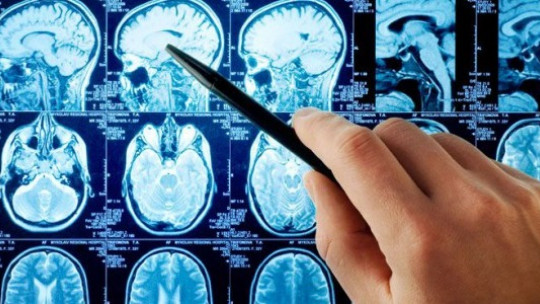Despite being a highly preventable, modifiable and controllable condition, the millions of people who suffer from hypertension around the world do not know that they have this condition, and do nothing to improve their situation.
Considered one of the main medical problems in the developed world, Hypertension is something that, if not controlled, can cause serious damage to the circulatory system , bringing with them diseases such as heart attacks and strokes. Next we are going to delve into this medical problem.
What is hypertension?
High blood pressure is the medical condition in which the blood vessels have persistently high tension , so much so that it can damage them. Blood pressure is the force exerted by blood against the walls of the vessels (arteries) when pumped by the heart. The higher the tension, the more effort the heart has to make to pump.
Although it may not seem like it, hypertension is a fatal condition as it does not present clear symptoms and they can take time to appear. This is truly dangerous, since the person who has high blood pressure may not know that their body is suffering the effects of hypertension, damaging their circulatory system and increasing the risk of suffering from cardiovascular pathologies, the leading causes of mortality in developed countries. .
The first consequences of high blood pressure are suffered by the arteries. These vessels harden as they endure continued high blood pressure This causes the arteries to become thicker, making it difficult for blood to pass through them. This damages the walls of the blood vessels, which also encourage cholesterol and triglycerides to be deposited in them, which is why hypertension poses a high risk for the development of arteriosclerosis.
Hypertension is a highly treatable condition. Despite this, in developed countries having high blood pressure is very common. For reference purposes, around 40% of the Spanish population is hypertensive and it is estimated that about 40% of these people are undiagnosed. Taking into account its consequences on health and how common it is, it can be concluded that hypertension is a silent epidemic that has become a very relevant public health problem.
Types of hypertension
Hypertension is categorized into several types. To do this, we must first know that blood pressure has two components:
1. Systolic blood pressure
systolic blood pressure is the highest voltage number It represents the tension caused by the heart when it pumps blood to the rest of the body.
2. Diastolic pressure
Diastolic blood pressure is the lowest blood pressure number This value represents the pressure in the blood vessels between each heartbeat.
Blood pressure is measured in millimeters of mercury (mmHg) and is diagnosed as high when the diastolic, systolic or both have high numbers. Blood pressure is classified as follows (The first value represents the systolic blood pressure and the second the diastolic blood pressure. Thus, having a blood pressure of 125/82, normal, means that we have a systolic blood pressure of 125 and a diastolic blood pressure of 82).
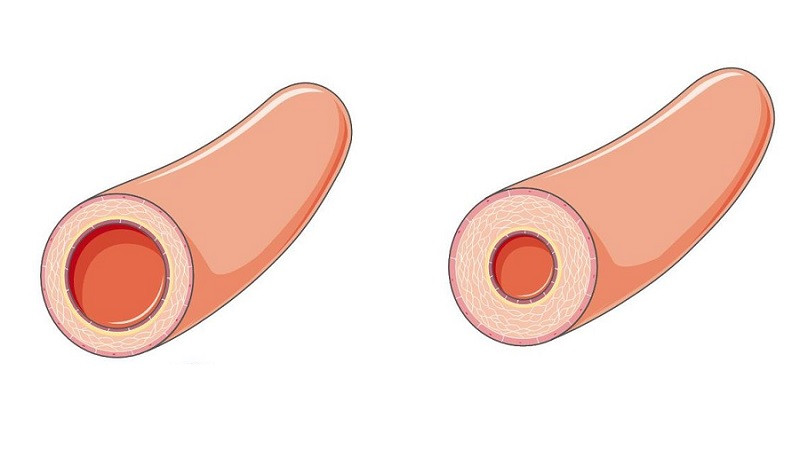
Symptoms
The biggest problem with hypertension is that, In addition to posing a great risk to the cardiovascular health of the affected person, in most cases there are no symptoms and therefore the condition goes unnoticed. This means that, if the patient does not discover it at their doctor’s office during a routine check-up, they do not know that they have hypertension and do nothing to change the situation, increasing the risk of developing diseases such as stroke or heart attacks.
Even so, It is possible to talk about some non-specific symptoms such as headaches , which help detect hypertension so that, scared, you decide to go to the doctor or visit your pharmacy to have your blood pressure taken. There may also be nausea, vomiting, confusion, vision changes, and nosebleeds, symptoms of malignant hypertension.
Main causes of hypertension
To date, the specific causes that cause high blood pressure are not known, but the appearance of this condition is attributed to a series of factors that are shared by the majority of hypertensive people. Speaking of these causes, we can separate those that are poorly modifiable (genetics, sex, age and race, medical diseases) from those that can be changed or are associated with bad habits and highly treatable medical conditions.
1. Genetic factors
Genetics, as in practically all diseases, is a factor that influences high blood pressure. The predisposition to develop this condition is greater if you have a first-degree relative with hypertension Although the exact mechanism is not known, it is known that if you have one or both parents with hypertension, the chances of developing hypertension are double that of those whose parents are not hypertensive.
2. Sex
Men are more likely to suffer from it than women before menopause When they reach this stage, the frequency of hypertension between men and women becomes equal. The explanation for this is that female hormones are a protective factor against hypertension during childbearing age, reducing the risk of suffering from cardiovascular diseases.
3. Age and race
Age is another factor that influences blood pressure, being that The older we are, the greater the risk of being hypertensive As for race, it has been seen that there are differences in presenting this condition, with people of African descent being the ones with the highest risk of being hypertensive (twice that of white people), in addition to having the worst prognosis.
4. Overweight and obesity
Overweight and obesity are two highly modifiable medical conditions that are associated with a higher risk of developing hypertension than people of normal weight. The higher your weight, the higher your blood pressure will be Regardless of your age, the risk of being hypertensive if you are obese is two to three times higher compared to people with normal weight.
Although it is a fact that obese people tend to be hypertensive, it is not clear whether obesity itself is the cause of hypertension or if there is a factor associated with increased blood pressure. Other medical conditions are also attributed to obesity that would be, at least in part, responsible for the increase in blood pressure, conditions that are reduced or disappear when weight is lost.
- Related article: “Obesity: psychological factors involved in being overweight”
5. Bad habits
Main bad habits associated with a rise in blood pressure are:
- To drink alcohol
- Being a smoker
- Taking illicit substances
- Don’t exercise
- Have bad dietary habits
- Abuse of salt
- Abuse of fats
6. Drugs that increase blood pressure
The drugs that most lend themselves to generating hypertension are the following:
- Ciclosporin, tacrolimus
- Non-steroidal anti-inflammatory drugs
- Erythropoietin
- Adrenergic medications
- Decongestants containing ephedrine
- Herbal Remedies Containing Licorice
7. Kidney diseases
Between 2 and 7% of kidney-related problems can influence the appearance of high blood pressure The main renal vascular pathologies seen in hypertensive people are:
- Polycystic kidney disease.
- Chronic kidney disease.
- Renin-producing tumors.
- Liddle’s syndrome.
- Renal artery stenosis.
8. Endocrinological problems
Endocrinological causes represent between 1 and 2% of hypertension problems These would include exogenous hormonal imbalances, such as taking oral contraceptives, corticosteroids and non-steroidal anti-inflammatory drugs (NSAIDs), and endogenous ones, such as the following diseases:
- Primary hyperaldosteronism
- Cushing’s syndrome
- Pheochromocytoma
- Congenital adrenal hyperplasia
Diagnosis
The main way to diagnose hypertension is by taking blood pressure This is done using sphygmomanometers, more popularly known as blood pressure monitors. The first line of detection of hypertension are primary care teams, including doctors and nurses. Community pharmacists also contribute to the detection, measurement and control of high blood pressure.
Routine check-ups that are done in companies or when patients have a check-up because they want to start playing a federated or semi-professional sport are also environments in which hypertension is diagnosed. These measurements are precisely very important, since they are made in patients who rarely go to the doctor because they feel healthy at all times or who do not like healthcare environments.
- You may be interested: “White coat syndrome: symptoms, causes, and what to do about it”
Prevention
Hypertension is that type of medical condition that gives life to the saying “prevention is better than cure.” Being hypertensive is something highly controllable and improvable, especially if a disease derived from this condition has not yet occurred That is why, whether you know you have hypertension or not, do everything possible to avoid this condition, such as avoiding overweight and obesity, in addition to having a healthy lifestyle and avoiding substance use. .
Eat a healthy diet and exercise regularly can help avoid hypertension. Quitting smoking is essential to avoid becoming hypertensive, since tobacco increases blood pressure. If there is a history of hypertension in the family, it is crucial to measure your blood pressure regularly since being a relative of someone with hypertension is a risk factor for ending up like them.
Treatment
The first treatment for hypertension is improving the patient’s lifestyle As it is a highly treatable condition and, in most cases, is due to leading an unhealthy lifestyle, this is generally considered the best way to start lowering the patient’s blood pressure.
You should eat a healthy diet, reduce the consumption of sugars, salt and fats, in addition to lowering calorie consumption and exercising more. If the patient is obese, it is recommended that they lose weight. Alcohol and tobacco should be completely eliminated.
However, the pharmacological route can also be used, especially if the hypertension is due to factors that are more difficult to control such as age or family history and changes in lifestyle habits have not had an effect. Initially, pharmacological treatment begins with a single drug, although in some cases this measure is not enough and it is necessary to combine several to control blood pressure. Main drugs used in the treatment of hypertension are:
- Diuretics (thiazides, chlorthalidone and indapamide).
- Beta blockers.
- Calcium antagonists.
- Angiotensin-converting enzyme (ACE) inhibitors.
- Angiotensin II receptor antagonists (ARA-II).
Although there are treatments and changes in lifestyle habits help to improve the condition, the truth is that High blood pressure is a chronic and recurring disease that, although modifiable, must be kept at bay very well Unfortunately, 90% of diagnosed patients do not follow doctors’ recommendations to treat it and 50% do not follow the treatments prescribed to them at all.
As it is a pathology that is suffered for many years, patients tend to relax as time goes by , taking the instructions your doctor gives you less seriously. This means that all the progress made over the years goes down the drain in a few months, with serious consequences. The main one is that hypertension will be poorly controlled, leading to a greater risk of cardiovascular problems such as myocardial infarction, deterioration in kidney function, stroke or circulation in the legs.

